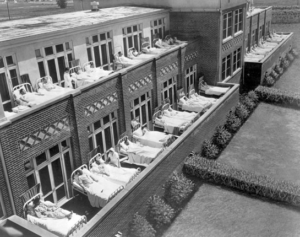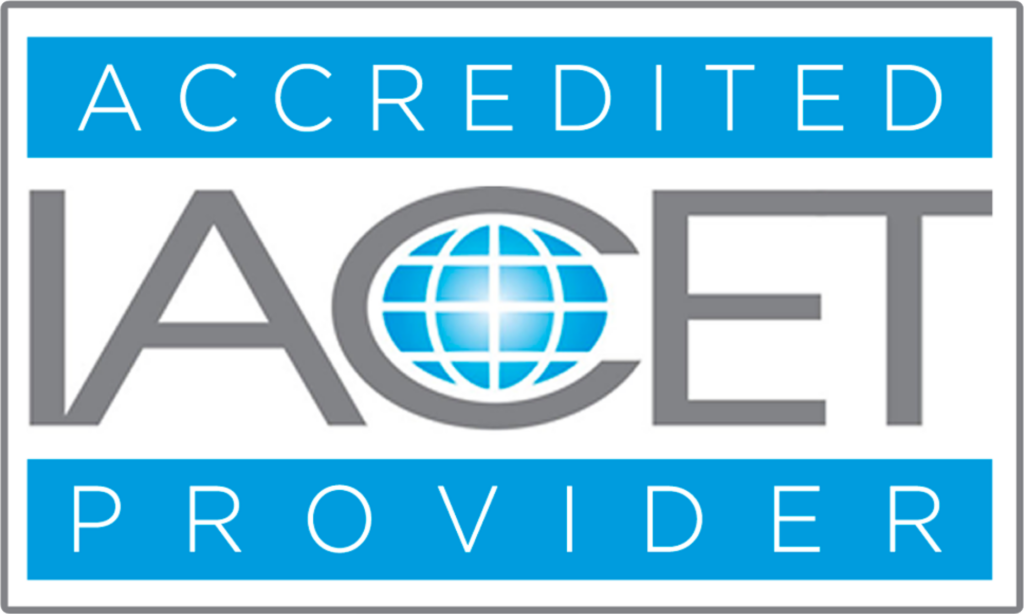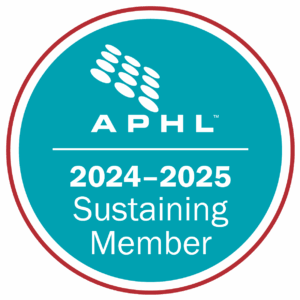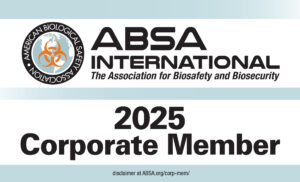
The BMBL vs. the NIH DRM: Intent Meets Design
September 19, 2025
When planning or operating a biocontainment laboratory, two cornerstone documents are frequently referenced: the Biosafety in Microbiological and Biomedical Laboratories (BMBL) and the NIH Design Requirements Manual (NIH DRM). While often mentioned together, they serve distinct purposes. The BMBL defines the intent and biosafety principles, while the NIH DRM translates that intent into specific design and construction requirements. Together, they ensure laboratories are both conceptually sound and technically compliant.
A Brief History
The BMBL was first published in 1984 as a collaborative effort between the CDC and NIH to provide standardized biosafety guidance across U.S. research laboratories. Now in its 6th Edition, the BMBL has become the gold standard reference for biosafety practices worldwide. The NIH DRM, on the other hand, originated as a facility design guide for NIH projects and has since evolved into a detailed, regularly updated manual that sets design and engineering expectations for biomedical research laboratories. While the BMBL grew out of biosafety practice and policy, the DRM emerged from the need to ensure consistency and safety in laboratory infrastructure.
The BMBL: Defining Intent
The BMBL (now in its 6th Edition) sets out the “what” and “why” of biosafety. It outlines the risk-based principles and operational expectations needed to protect laboratory workers, the community, and the environment. For example, the BMBL states that:
- Laboratories must maintain negative pressure relative to adjacent spaces.
- Surfaces should be smooth, impervious, and easy to clean.
- Engineering controls and safety equipment must be certified and tested annually.
These requirements establish goals, but they do not prescribe exact dimensions, tolerances, or engineering solutions.
The NIH DRM: Defining Design
The NIH DRM, on the other hand, provides the “how.” It offers detailed technical specifications for architects, engineers, and commissioning agents to follow when designing, constructing, or certifying biomedical research facilities.
Where the BMBL requires negative pressure, the DRM might specify:
- The exact pressure differential values (e.g., – 0.05” w.g.).
- Systems and components parameters performance requirements.
- What type of engineering controls and monitoring systems must be installed.
This level of specificity makes the DRM indispensable in turning biosafety principles into verifiable design criteria.
Compliance and NIH Funding
It is also important to note that institutions receiving NIH funding for biomedical research facilities are generally required to follow the NIH DRM. For example, organizations awarded construction or renovation grants under the NIH often must demonstrate compliance with DRM requirements as part of their project scope. In these cases, adherence to the DRM is not optional — it is a condition of funding, ensuring that federally supported facilities meet uniform standards for biosafety, containment, and long-term sustainability.
Three Examples: BMBL Intent vs. NIH DRM Design
- Directional Airflow and Pressure Differentials
- BMBL: Requires negative pressure relative to adjacent areas and directional airflow to prevent contamination spread.
- NIH DRM: Specifies exact differential pressure setpoints, monitoring devices, alarm requirements, redundancy requirements, and expected systems response during failures conditions.
- Materials and Finishes
- BMBL: States that surfaces must be sealed, non-porous, and resistant to chemicals to allow for easy cleaning and decontamination.
- NIH DRM: Details acceptable materials (e.g., epoxy resin flooring), minimum coving heights, sealant specifications, inspection procedures, and how penetrations should be sealed to maintain integrity.
- Monitoring, Alarms, and Verification
- BMBL: Requires laboratories to have visible indicators for directional airflow, alarms for ventilation system failures, and annual certification of HEPA filters.
- NIH DRM: Defines commissioning requirements to verify if the design intent has been met and containment has not been compromised during commissioning and re-verification cycles.
Why Both Are Necessary
The BMBL provides the vision and principles: ensuring biosafety practices are risk-based, adaptable, and grounded in scientific intent. The NIH DRM provides the execution details: ensuring that those principles are realized in the built environment through specific engineering and architectural standards. One without the other creates gaps: relying only on the BMBL risks inconsistent design interpretations, while relying only on the DRM risks treating biosafety as a checklist without context. Together, they create a balanced framework that protects people, research, and the environment.
Closing Thoughts
For private institutions, government, universities, or any organization preparing to open or operate a BSL-3 facility, understanding the interplay between the BMBL and the NIH DRM is essential. The BMBL tells us what must be true and why it matters. The NIH DRM tells us how to build, test, and verify so that intent becomes reality. Aligning both is the key to safe, compliant, and sustainable laboratory operations.
For more information or to discuss how these principles apply to your facility, contact World BioHazTec today to schedule a free consultation with our biosafety and biocontainment experts.
References
- Biosafety in Microbiological and Biomedical Laboratories (BMBL), 6th Edition. Centers for Disease Control and Prevention; National Institutes of Health. June 2020. https://stacks.cdc.gov/view/cdc/97733?utm
- NIH Design Requirements Manual — LIVE Version. Office of Research Facilities. August 2024. https://orf.od.nih.gov/TechnicalResources/Pages/DesignRequirementsManual.aspx







